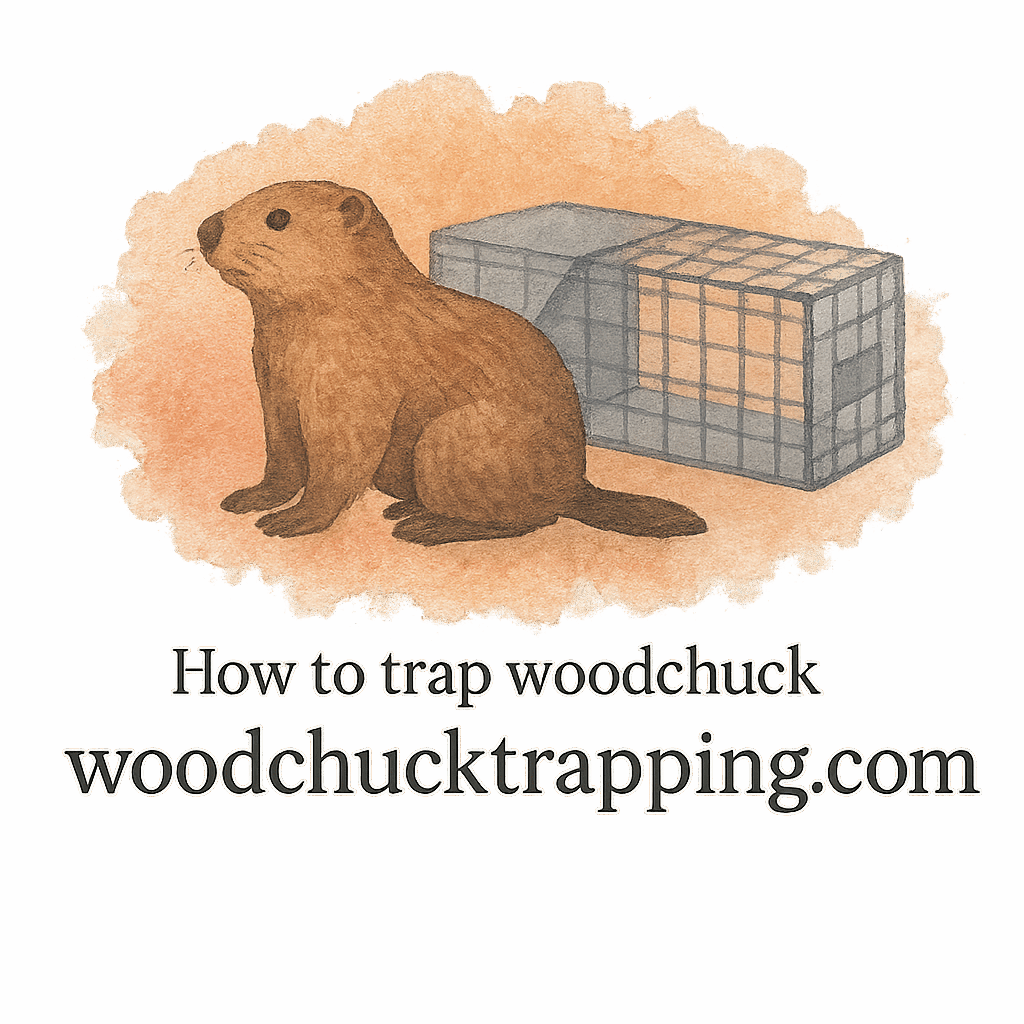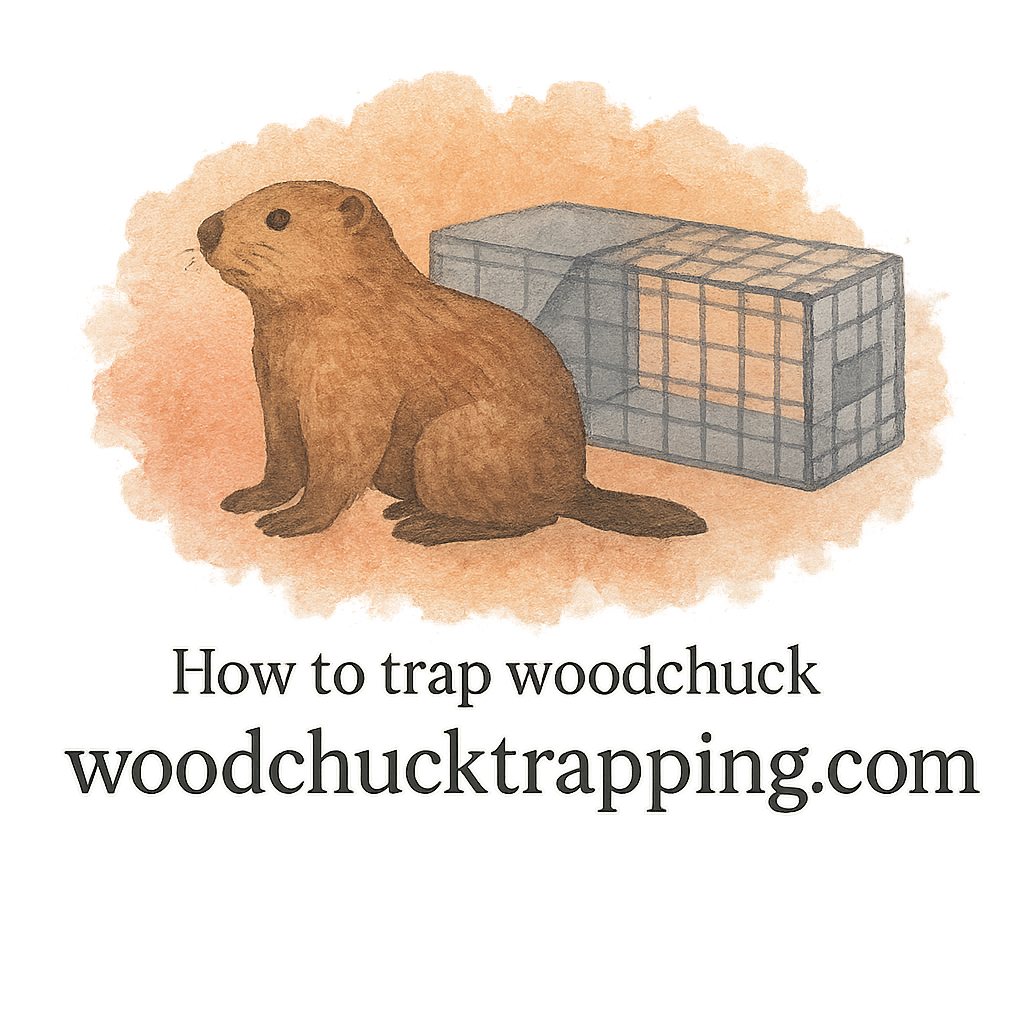Introduction
Got a woodchuck problem chewing up your yard like it’s a salad bar? You’re not alone. These little burrowers are cute, but they’re downright destructive. If you’re looking to reclaim your space, baiting and trapping them is one of the most effective strategies. But here’s the catch—without the right tools, you might as well be fishing with a stick.
In this guide, we’ll explore the 10 essential tools for baiting a woodchuck trap—everything from choosing the right trap to gloves that keep your scent off the bait. Let’s dig in (pun intended).
Why Proper Tools Matter in Woodchuck Trapping
Increasing Success Rate
Using the right tools isn’t just about convenience—it directly affects your trap’s success rate. The right bait and a correctly placed trap can mean the difference between an empty cage and a job well done.
Enhancing Safety and Efficiency
Trapping can get messy and even dangerous without the right gear. Safety gloves, stable anchors, and scent control are more than accessories—they’re essentials.
Tool #1: Live Animal Trap
The heart of any woodchuck trapping setup is, of course, the trap itself.
Choosing the Right Size
Go for a trap that’s at least 32-37 inches long. Woodchucks are bulkier than you think, and they need space to fully enter before triggering the mechanism. Check out this equipment review for top-rated trap brands.
Compact Traps for Small Yards
Short on space? Consider compact traps designed for minimal-space environments.
Tool #2: Bait and Lure Selection
Arguably the most important tool after the trap itself.
Best Bait for Woodchucks
They’re herbivores, so leafy greens like lettuce, apples, carrots, and cantaloupe work well. Combine this with tips from the baiting and luring guide for maximum attraction.
Using Scent Baits Effectively
For stubborn woodchucks, scent bait can be a game-changer. Make sure you’re layering smells that mimic their natural food sources.
Don’t forget to browse more baiting info on Lure Tags and Attract Tags.

Tool #3: Trap Scent Control Gloves
Why Gloves Are Non-Negotiable
Your human scent can ruin everything. A solid pair of scent-free gloves will keep your setup stealthy. It’s not paranoia—it’s scent science.
Tool #4: Baiting Tools (Spoons, Cups, Scoops)
Don’t underestimate the power of precision. Using clean tools like scoops or cups prevents your scent from transferring to the bait. Plus, it just makes the process neater and faster.
Tool #5: Trap Covers and Camouflage
Woodchucks are wary critters. A shiny metal trap in the middle of your lawn screams “danger.” Use grass, burlap, or even dirt to blend your trap naturally into the environment. A little disguise goes a long way.
Tool #6: Trail Cameras
Want to know if your bait is working or just feeding raccoons? A trail cam is the answer. Not only does it provide valuable feedback, but it helps you track signs of woodchuck activity like burrow entrances or damaged areas.
Tool #7: Stake and Anchor System
Ever had a woodchuck drag a trap halfway across your yard? Yep, it happens. A proper anchoring system keeps the trap in place even if the animal throws a fit inside. This is especially vital in loose or muddy soil.
Tool #8: Safety Gear and First Aid Kit
Trapping involves tools, metal edges, and sometimes angry animals. Always have a basic first aid kit on hand and wear safety gear like goggles and long sleeves. Brush up on your laws and safety protocols before you start.
Explore more safety-related tags:
👉 Safety
👉 Handling
👉 Trapped Animal
Tool #9: Trap Markers or Flags
If your trap is hidden well (as it should be), you might forget where you put it. Use small flags or garden markers to help you find and monitor the trap safely.
Tool #10: Maintenance and Cleaning Kit
You can’t reuse a dirty trap and expect results. Odors from previous captures or old bait can repel future visitors. A cleaning kit with odor-neutralizing spray, wire brushes, and gloves is essential.
Don’t forget to review your trapping gear and tools regularly.
How to Combine These Tools for Best Results
Building an Efficient Trap Setup
Place the trap along a well-used woodchuck path, near burrows or visible yard damage. Blend it into the environment, stake it down, and load it with fresh bait using your tools.
Layering Your Bait Strategy
Use both solid food (like apples) and scent lure. Place some bait inside the trap and some just at the entrance to tempt them inside.
Common Mistakes to Avoid When Baiting
- Touching bait with bare hands
- Using spoiled or dry bait
- Placing traps in rarely-used areas
- Not checking traps frequently (daily is best)
- Ignoring humane practices
For more in-depth techniques, see Trapping Techniques and How to Trap.
Conclusion
Catching a woodchuck doesn’t have to feel like a battle of wits. With the right gear and a smart approach, you can outmaneuver even the savviest burrower. Whether you’re dealing with a full-blown infestation or just one troublesome critter, these 10 tools will get you closer to a woodchuck-free yard.
Want to go even deeper? Browse our guides on Prevention and Damage Control and stay updated with our expert Equipment Reviews.
FAQs
1. What’s the best bait to use in a woodchuck trap?
Fresh vegetables like carrots, apples, and cantaloupe work great. Combine them with a strong lure for better results.
2. How do I keep human scent off the trap?
Wear scent-control gloves and use baiting tools like spoons or scoops.
3. Should I cover the trap?
Yes! Use camouflage to help it blend in—like dirt or grass—to avoid spooking the animal.
4. Is it necessary to anchor the trap?
Absolutely. A stake system ensures the trap doesn’t move or tip over when the woodchuck enters.
5. How often should I check the trap?
Daily checks are a must to ensure humane treatment and prevent the animal from suffering.
6. Can I reuse a trap without cleaning it?
Technically, yes. But it’s a bad idea. Always use a cleaning kit to remove scents and residues.
7. Are there humane options for trapping?
Yes, live traps and scent-free handling techniques promote humane trapping.


